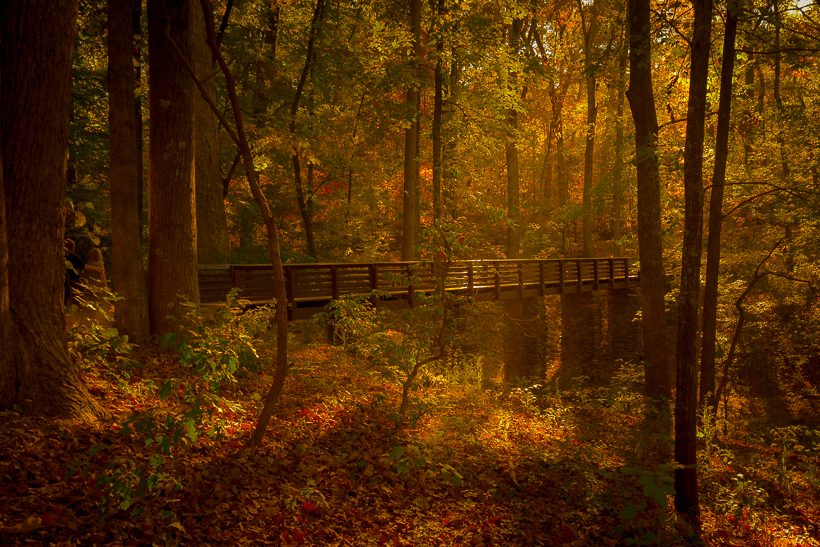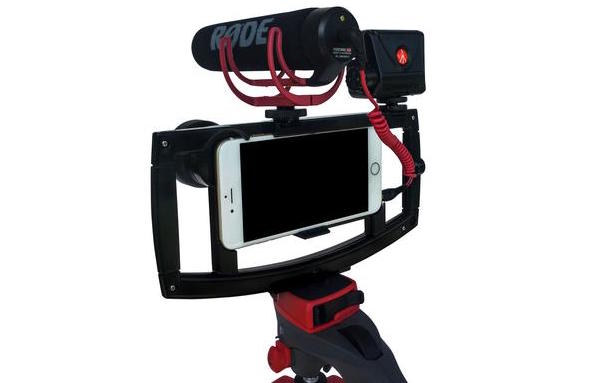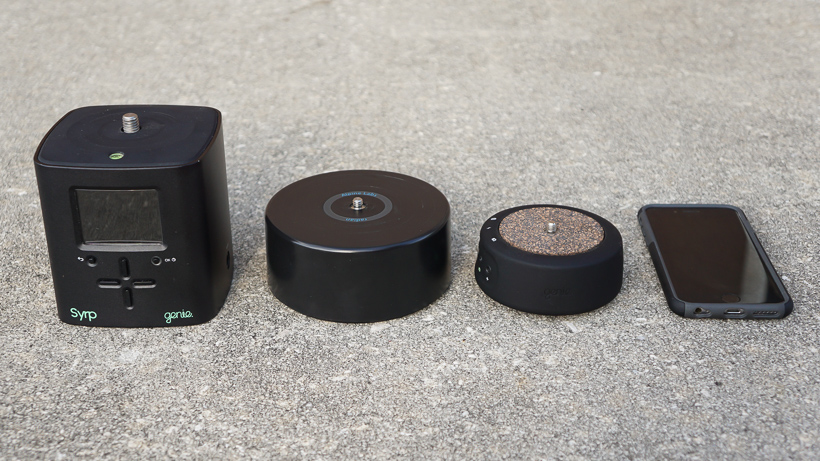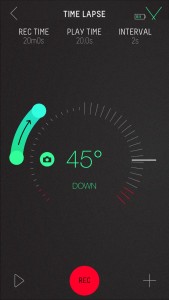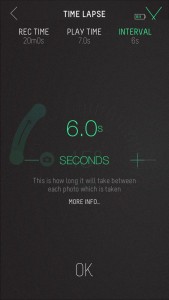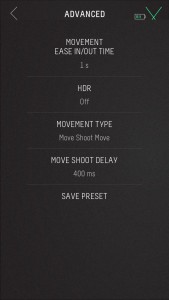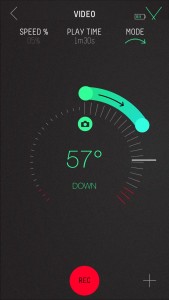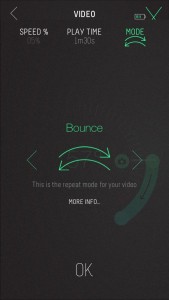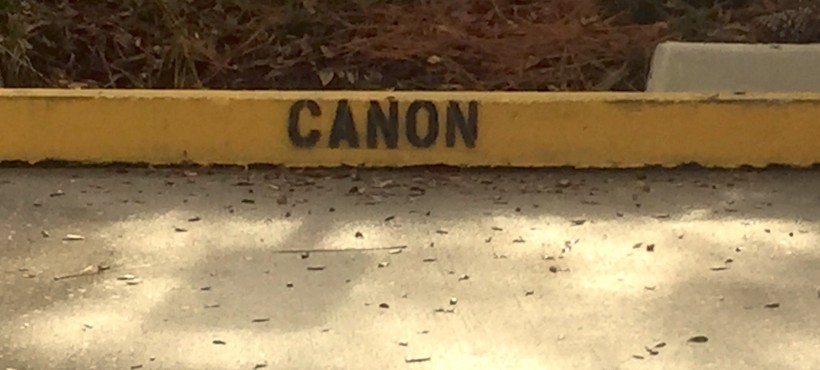I never thought I’d write this post. I’ve been with Canon for years; my first ‘real’ film camera was a Canon, my first DSLR and every camera since until this week was a Canon. I owned several L lenses; I never thought I’d be here writing about switching platforms and ‘going Sony’, but here we are and that’s exactly what I’m writing.
Three days ago, Canon marked down its 3rd quarter outlook due to weak digital camera sales. How big was the hit? Just a minor $10 Billion dollars! Now, I’ve been thinking about writing my “breaking-up with you Canon post” for a few days, and now with the Canon earnings outlook, I thought: “yah, I better get on this”. I figured I should tell Canon why just a few thousand dollars of the big $10 Billion were not coming from me. So, how did we get here?
I remember when the first few micro 4/3 cameras made it to market in 2005/2006. “Mirrorless, bleh,” I remember thinking. Sure these new-fangled mirrorless cameras were small and light, but micro 4/3? I couldn’t understand why anyone would want a sensor even smaller than APS-C. Who would want a smaller, noisier, sensor just to save a bit of carry weight? Besides, how good could the lenses be- Canon has a history of excellent lenses? I rightly outright dismissed the early Olympus and Panasonic cameras. No serious photographer would really go mirrorless.
In June 2010, though, Sony released the Nex-7 and things got interesting. APS-C sensor, 10 frames per second, OLED viewfinder, in-camera HDR, whoa. Sure the lens collection wasn’t big, but Zeiss lenses…now we’re talking! Tempting, but still just APS-C (I wanted big, clean, pixels!). I’m wasn’t about to dump my 5D Mark II. The Nex-7 was compelling, but it wasn’t compelling enough. Besides, I had a big Canon lens investment. I wasn’t going to switch but, for the first time, I thought: “not bad mirrorless camp, not bad.”
As one Sony Nex camera after the other was released, I thought: “Canon is going to respond- there’s market here. I wonder what Canon will do?” And, what did Canon do? Canon waited a full two years after the Nex-7 before announcing the EOS M- a camera as compelling as dental surgery. It was as if Canon said: “Let’s think of the worst camera we can make, and let’s make it mirrorless. Maybe then those kids out there will see the error of their ways and buy DSLRs.” Predictably, no one bought the EOS M. The AF was slow, the ergonomics were less than impressive, and no one was interested- at least I wasn’t
Things got more interesting just a few months after the announcement of the EOS M. In September 2012, Sony announced the first full-frame mirrorless: the RX-1. Ok, it had a fixed 35mm f/2 lens, but still: it had a full-frame sensor (and that was a Zeiss lens boys and girls.) What did Canon do? Canon waited a full year before releasing the less than compelling EOS M2 (a me-too 18megapixel APS-C with slightly improved AF and built-in wifi). Mind you Canon announced the M2 just 3 days before Sony announced the A7 and A7R (24 megapixel and 36 megapixel full-frame pro class cameras that turned the world upside down).
Some would call the A7R the iPhone moment for the Canon blackberry. I wouldn’t go so far. Canon still has a fantastic product line, but Canon was dug in and, it seemed, worried about cannibalizing its own product line.
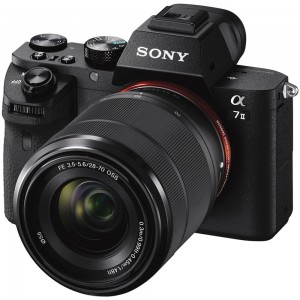
Sony’s A7II full-frame mirrorless just made it into my camera bag
Canon, it seemed, just wasn’t seriously interested in the mirrorless market. But, guess what, photographers were. Specifically, I was. I wanted a small, light, full-frame body- not to mention the host of features Sony was touting (focus peaking, manual assist, OLED EVF, the list goes on). Canon, wants me to buy a DSLR. I looked at the 5D Mark III many times, but I can get a larger sensor, excellent image quality (not to mention fantastic dynamic range) and a host of features from the Sony A7II. And so, I write this as the last few bits of my Canon gear sit on eBay. Last week marked the farewell to my 5DMKII and all my L lenses. It also saw the purchase of a Sony A7II and Zeiss lenses (Zeiss 16-35 f/4 FE and Zeiss 24-70 f/4 FE.)
Canon: I wanted it to workout, but it didn’t. Maybe one day our paths will cross again, but right now, I don’t see it happening. Switching platforms was not easy and if Sony keeps on innovating like Sony has been (hello A7RII, you beautiful beast), I won’t switch back. Canon now has 10 billion reasons ($) to build a pro-grade mirrorless camera and I hope Canon does as competition can only make things better. Who knows, maybe I’ll pickup a Canon again someday, but not now. Now, I’m building my Zeiss lens collection.
